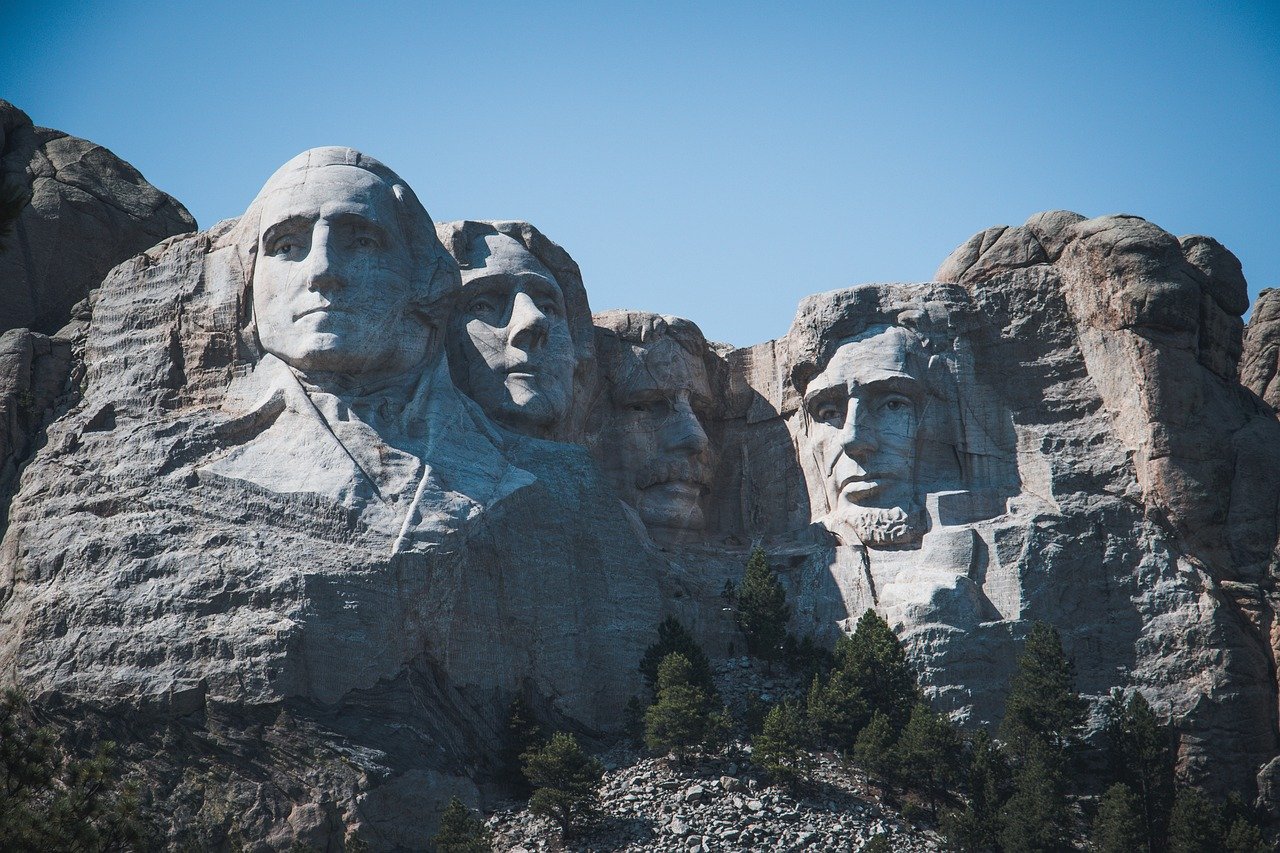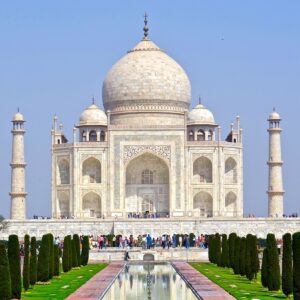Archaeological Tours: Unearthing the Past
Archaeological tours offer a fascinating journey into the past, allowing travelers to explore ancient civilizations, uncover hidden stories, and connect with humanity’s shared heritage. These tours focus on visiting excavation sites, historic ruins, and museums to provide a deeper understanding of the societies, cultures, and technologies of bygone eras. In this detailed exploration, we delve into the essence of archaeological tourism, its features, benefits, challenges, and its contribution to cultural preservation.
Understanding Archaeological Tourism
Archaeological tourism is a branch of cultural tourism that emphasizes exploration of ancient sites, ruins, and artifacts. These tours often combine education, adventure, and historical discovery, appealing to travelers with a passion for history and archaeology.
Key Elements of Archaeological Tourism:
- Visits to excavation sites and ancient ruins.
- Interaction with archaeologists and historians.
- Exploration of museums showcasing artifacts.
- Learning about historical research and preservation efforts.
Popular Activities in Archaeological Tours
- Exploring Ancient Ruins:
- Wander through iconic ancient cities, temples, and fortifications.
- Examples: The Pyramids of Giza (Egypt), Machu Picchu (Peru), and Pompeii (Italy).
- Participating in Excavations:
- Join hands-on archaeological digs to uncover artifacts and learn excavation techniques.
- Destinations: Tel Megiddo (Israel), Hadrian’s Wall (UK), and the Valley of the Kings (Egypt).
- Museum Visits:
- Discover curated collections of ancient artifacts, tools, and art.
- Highlights: The British Museum (UK), The Acropolis Museum (Greece), and The National Museum of Anthropology (Mexico).
- Guided Historical Tours:
- Learn from experts who provide insights into the significance of archaeological discoveries.
- Examples: Guided tours of Angkor Wat (Cambodia) or Chichen Itza (Mexico).
- Exploring Underground or Submerged Sites:
- Visit catacombs, subterranean cities, or underwater ruins.
- Examples: The Catacombs of Paris (France), Derinkuyu Underground City (Turkey), and the ruins of Baiae (Italy).
- Cultural Interpretation:
- Engage in storytelling sessions and interactive presentations about ancient societies.
- Locations: Mohenjo-daro (Pakistan), Petra (Jordan), and Tikal (Guatemala).
Top Destinations for Archaeological Tours
- The Mediterranean Region:
- Rich in Greek, Roman, and Byzantine heritage.
- Iconic sites: The Parthenon (Greece), Ephesus (Turkey), and the Colosseum (Italy).
- South America:
- Known for Inca and pre-Columbian civilizations.
- Highlights: Machu Picchu (Peru), Tiwanaku (Bolivia), and Caral (Peru).
- The Middle East:
- Cradle of ancient civilizations like Mesopotamia and the Levant.
- Must-visit: Babylon (Iraq), Petra (Jordan), and Persepolis (Iran).
- Asia:
- A blend of ancient dynasties and trade routes.
- Key sites: The Terracotta Army (China), Borobudur (Indonesia), and Sanchi Stupa (India).
- Africa:
- Home to pharaonic, Nubian, and other ancient cultures.
- Prominent locations: The Great Zimbabwe Ruins (Zimbabwe), the Valley of the Kings (Egypt), and Carthage (Tunisia).
- Oceania:
- Offers insights into indigenous and colonial-era archaeology.
- Sites: Easter Island (Chile), Nan Madol (Micronesia), and Kakadu National Park (Australia).
Benefits of Archaeological Tourism
- Educational Enrichment:
- Provides a hands-on learning experience about ancient civilizations and their contributions to modern society.
- Cultural Appreciation:
- Encourages respect for diverse heritages and traditions.
- Economic Support:
- Generates revenue for local economies and funds for archaeological research and site preservation.
- Personal Fulfillment:
- Offers unique experiences that connect travelers to the roots of human history.
- Global Awareness:
- Raises awareness about the importance of cultural preservation and historical research.
Challenges in Archaeological Tourism
- Site Preservation:
- Managing visitor impact on fragile sites to prevent degradation.
- Balancing Tourism and Research:
- Ensuring that tourism activities do not disrupt ongoing archaeological work.
- Accessibility:
- Many sites are located in remote areas with limited infrastructure.
- Overtourism:
- Excessive footfall can lead to environmental and structural damage.
- Ethical Concerns:
- Avoiding the commodification or misrepresentation of historical artifacts and cultures.
Sustainable Practices in Archaeological Tourism
- Promoting Responsible Tourism:
- Encouraging travelers to follow guidelines for site preservation and respect.
- Community Involvement:
- Collaborating with local communities to share benefits and promote cultural exchange.
- Funding Preservation Efforts:
- Allocating a portion of tourism revenue to the maintenance and conservation of archaeological sites.
- Educational Campaigns:
- Raising awareness about the significance of archaeological heritage among tourists and locals.
- Controlled Access:
- Limiting visitor numbers to protect sensitive areas from overuse.
Planning an Archaeological Tour
- Researching Destinations:
- Identify sites of historical and cultural significance that align with personal interests.
- Engaging Knowledgeable Guides:
- Choose tours led by experts who can provide detailed insights and context.
- Supporting Local Heritage:
- Opt for tour operators that prioritize sustainable practices and community involvement.
- Adopting a Respectful Approach:
- Follow site rules, avoid touching artifacts, and respect cultural sensitivities.
- Balancing Exploration and Conservation:
- Participate in activities that contribute to the preservation of heritage sites.





Reviews
There are no reviews yet.